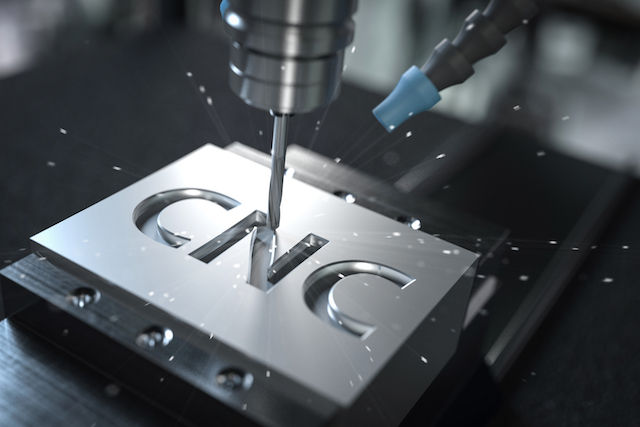The widespread adoption of CNC machining can be attributed to its cost-effective production capabilities, amongst other things. Plus, it also helps that a single CNC or milling machine possesses a high degree of versatility that can render it useful in almost all settings.
However, calculating the cost of CNC machining is not as straightforward as directly adding or multiplying the individual expenses. In contrast, it involves multiple factors that require you to crunch numbers and get a fair estimate. Let us take a look at the different factors that affect it and how one can reduce the cost implications.
Factors That Affect CNC Machining Costs
The following are some of the factors that govern the cost of CNC machining:
Material Type
Naturally, the type of material bears direct relation with the cost of machining. The cost of the material corresponds to the raw input that needs to be fed into the milling machine for the finished item. For instance, working with wood would naturally be cheaper than working with stainless steel simply because steel is more expensive than wood.
Second, the characteristics of the material influence the machine type, the tool required, and any other considerations that may be involved to increase the cost overhead. For instance, machining titanium requires specialized tools, whereas the standard tools can work on metals like aluminum or turning wood! As such, the cost of raw material and the cost of machining are controlled by the nature of the material being machined.
Cost of Labor
While CNC and milling machines can operate autonomously, the CAD/CAM files controlling the machine still need to be programmed by individuals. Plus, you may require the expertise of a machinist or an engineer (or both) for setting up the CNC machine before it gets to work. Similarly, you need a quality control expert to ensure adherence to the QA/QC standards. And so, there will be some amount of labor costs involved. Not only that, this cost of labor would be marginally higher as you would be availing the services of skilled staff than their unskilled counterparts. Further, the compensation would also increase proportionately depending on the level of expertise required to facilitate the machining process.
Quantity of Machined Parts
The production volume also plays a crucial role in dictating the cost of machining the product. One may conclude that the higher the number of machined parts, the greater the total cost. While this fact is logically true, one should also consider that the cost per unit decreases in large-scale productions, especially when it involves the same machining action on multiple workpieces. As such, the cost of machining 10,000 parts on a per-unit basis would be cheaper than the cost of machining 10 similar parts. In other words, larger production volumes may attract higher overall costs but spread out the cost per unit production.
Part Design and Geometry
The design and geometry of the part determine its feature and usability. As discussed above, the programming time, setup time, and run time would be longer than usual wherever part complexity is involved. As such, the cost of machining complex parts would be higher. At the same time, these may also require specialized tools (such as laser cutting, for example) in multiple setups, which could further increase the cost of production. Similarly, the cost of producing jobs that are larger in size would be higher given the fact that it will involve greater input feed.
Tolerances and Precision
The accuracy and precision expected from the final product are proportional to machining cost. After all, these factors could be the critical considerations when the parts sport tight tolerances with little to no room for error. Such a demand is often seen while machining parts that are coupled with each other, and tolerances minimize interference. That being said, tight tolerances could be hard to achieve for internal geometries like cavities or holes that result in burrs. As a result, these parts require manual inspection and involve other processes such as finishing or treatments, which can add to the bill.
Tips for Minimizing CNC Machining Costs
Now that you know that several factors come into play while determining the CNC machining cost, here are a few tips that can help you minimize them:
- Reconsider the material and its machinability before deciding on the production process.
- Optimize the CAD/CAM design to maximize machinability regardless of the design.
- Purchase parts in larger quantities to offset the per-unit cost.
- If in-house production may appear costly, consider outsourcing it to companies that could do it at a lesser cost.
- Recalibrate design considerations, such as rounded internal corners, thin walls, deep pockets, etc., to reduce cost.
- Limit the use of tight tolerances by eliminating all the unnecessary decimal points from your design.
- Opt for the as-machined part and avoid multiple finishes, especially when unnecessary.
Closing Thoughts
With the above information, you may have gotten a fair understanding of the various factors affecting the cost of CNC machining and how one can contain it. Do consider holding a margin for better budget management, and you will get more bang for your buck!
